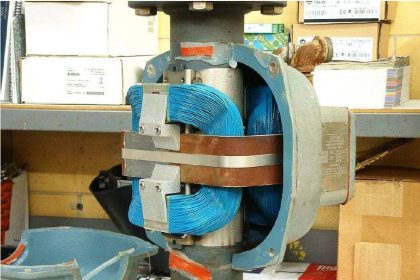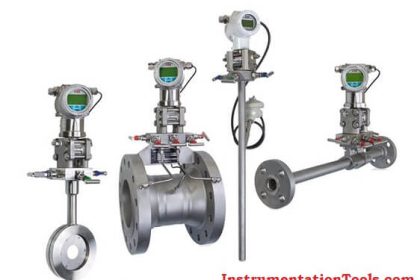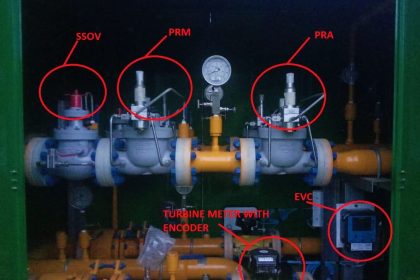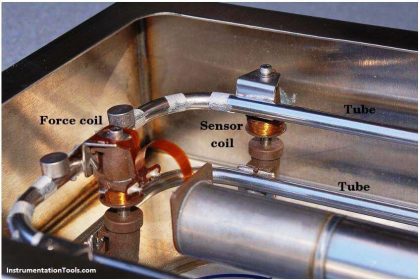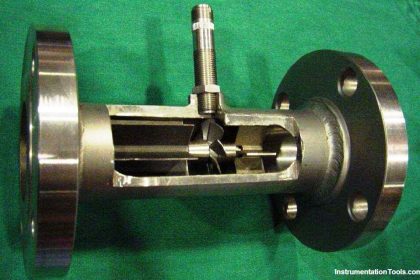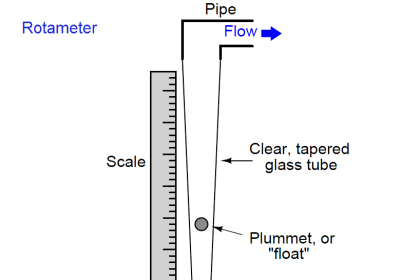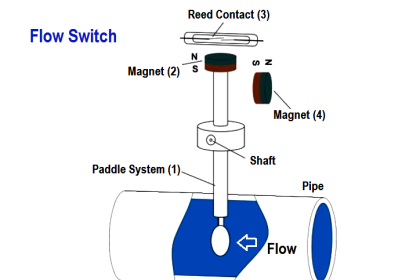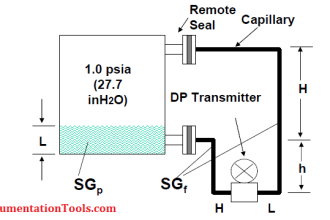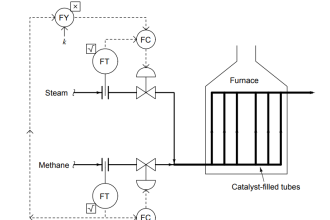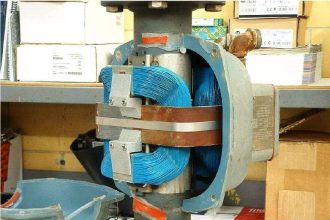Averaging Pitot tube is a multiport self-averaging flow meter.
Averaging Pitot tube is a primary element for flow measurement of gas, liquid, and vapor in pipelines and ducts based on the principle of measurement of differential pressure created when an obstruction is placed in the fluid flow due to an increase in fluid velocity.
Averaging Pitot Tube
Averaging pitot tube is nothing but an element that is supposed to measure the flow rate and offer the differential pressure to the flow meter mounted on top.
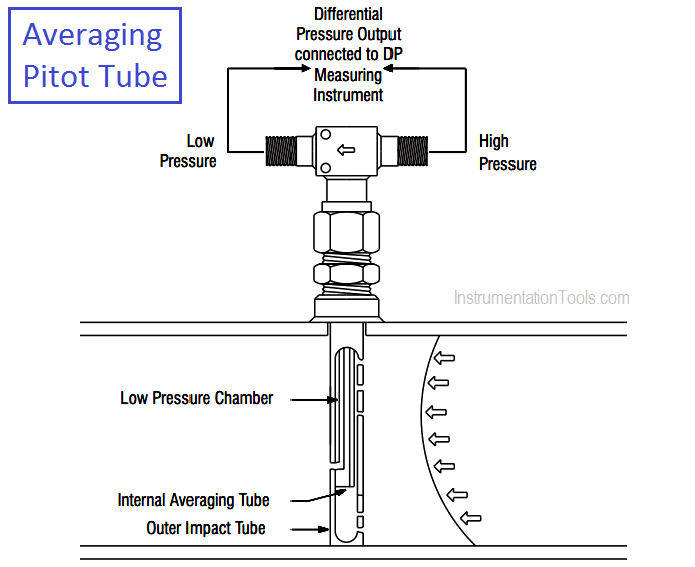
The averaging pitot tube works on the 80% velocity of the media rate at the top of the center line in a velocity gradient in a pipeline or duct and 70% velocity of the media in the below portion of the center line.
The averaging pitot tube does not work on the center line velocity which is 100% for the media like an orifice, a venturi and nozzle, and many more flow meter works. Thus the velocity of the media is perfectly averaged out and offered for DP measurement in the flow meter.
The differential pressure created by the dynamic force at the inlet and static force at the output creates the average at the output to enable the flow rate measurement more accurately with lesser free length
For bidirectional measurement, the concept is completed by holes at the other side for measurement, at 1.5% less than the length at the dynamic side of the unidirectional flow measurement device.
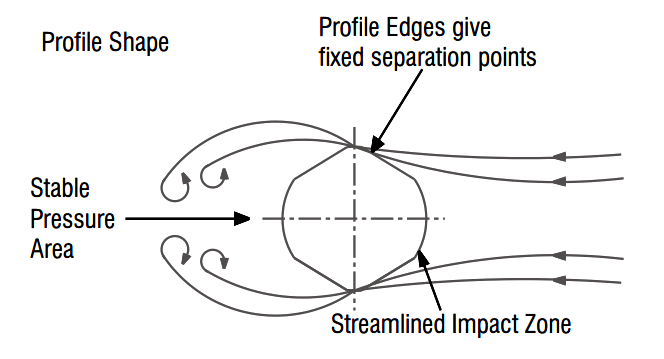
The outer impact tube has a number of pressure-sensing holes facing upstream which are positioned at equal annular points in accordance with a log-linear distribution.
The ‘total pressures’ developed at each upstream hole by the impact of the flowing medium are firstly averaged within the outer impact tube and then to a second order (and more accurately) averaged within the internal averaging tube. This pressure is represented at the head as the high-pressure component of the DP output.
The low-pressure component is generated from a single sensing hole located on the downstream side of the outer impact tube.
A stable flow coefficient which is the result of a typical diamond shape, makes it a reliable flow-measuring primary flow element.
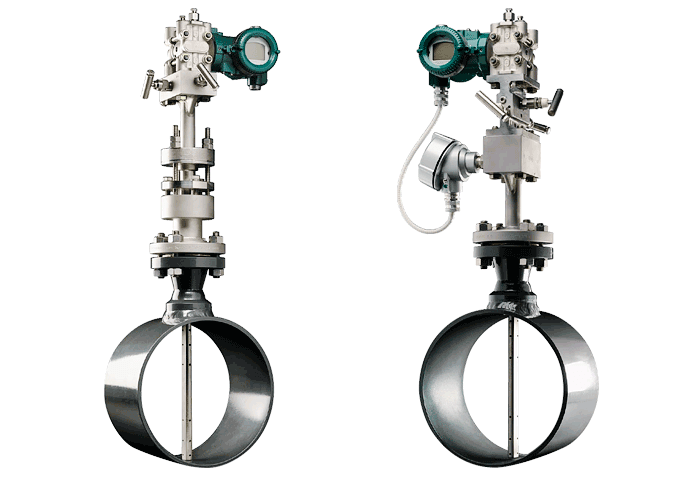
Image courtesy: yokogawa
Advantages of Averaging Pitot Tube
The following are the advantages of Averaging Pitot Tube are as follows :
- Simple and inexpensive,
- long-term accuracy within acceptable limits over wide range of flow,
- low permanent pressure loss
- minimum operating cost makes it ideal choice of any design engineer.
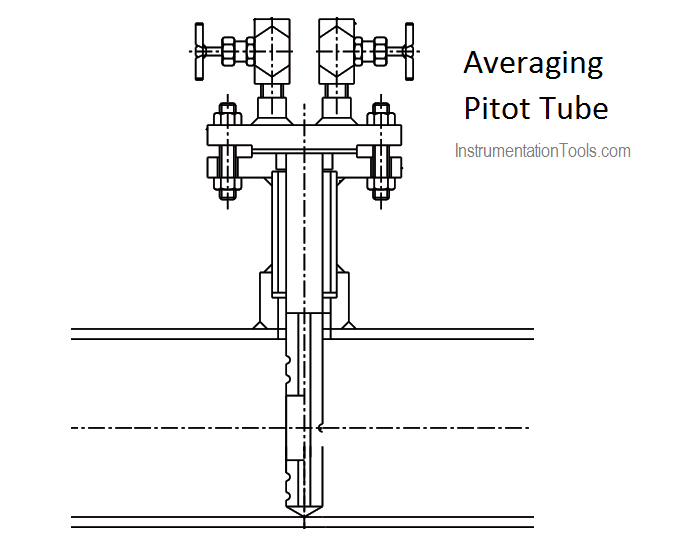
Source: General instruments
If you liked this article, then please subscribe to our YouTube Channel for Instrumentation, Electrical, PLC, and SCADA video tutorials.
You can also follow us on Facebook and Twitter to receive daily updates.
Read Next:
